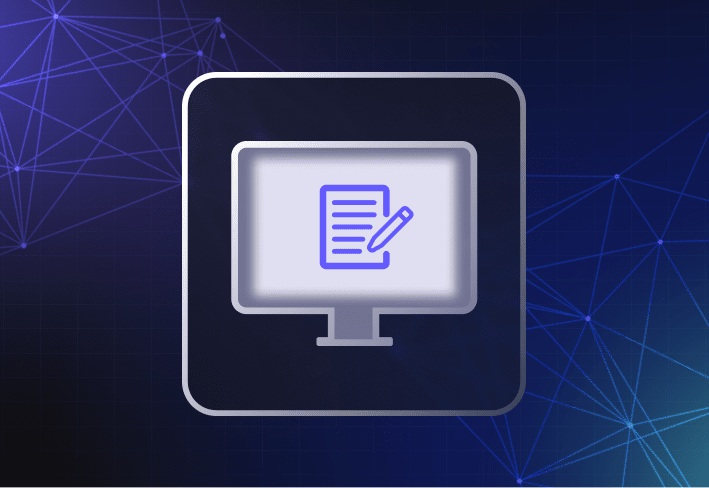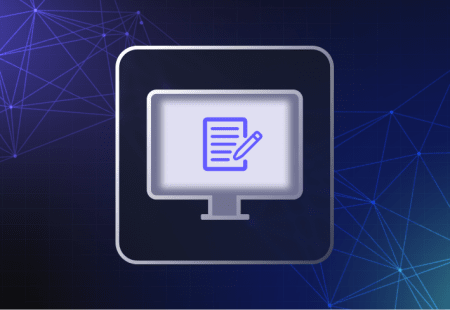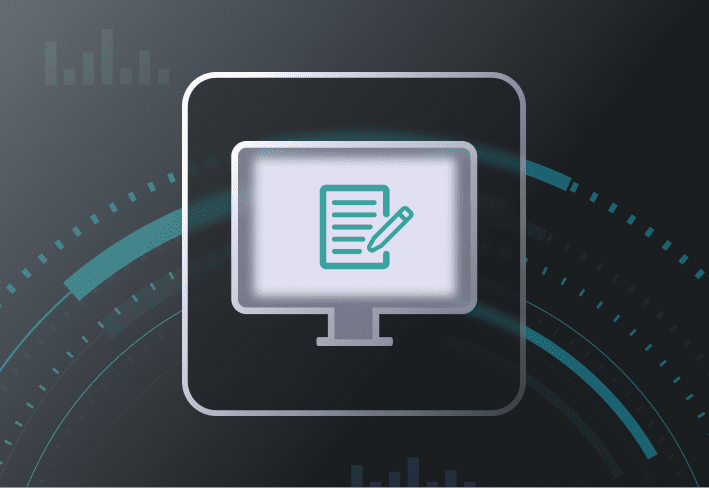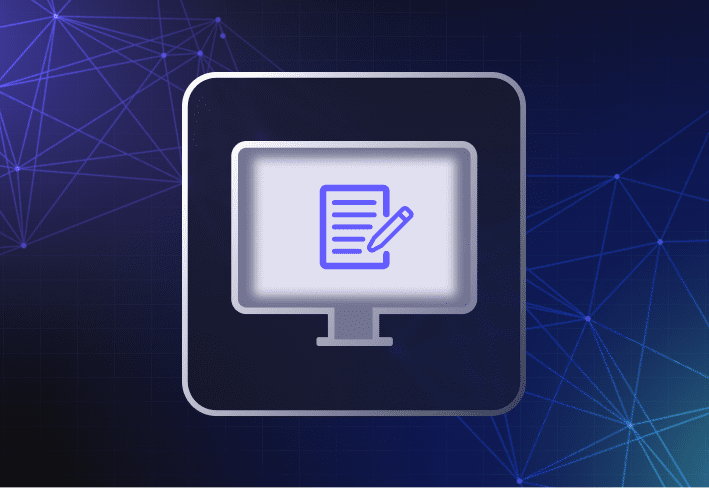Microsoft Volume Licensing is an agreement between a business and Microsoft that allows the business to install and run operating systems across many devices.
For example, say your team plans to use Windows across its devices. Gone are the days of needing to install a fresh copy from a disc with a license key on every computer for every user who needs it. Through Microsoft Volume Licensing, you can simply buy as many Microsoft licenses as you need and have instant access to the operating system — no disc required! It’s as close as you can get to ✨ magic ✨ in the workplace.
It’s important to note that Microsoft Volume Licensing is specific to operating systems only, and it’s tied to the equipment itself. In contrast, subscription services, which get you access to various software apps (think Microsoft Office 365), are tied to user accounts.
How does Microsoft Volume Licensing work?
What happens once you purchase Microsoft Volume Licensing often depends on the size of your business.
Small businesses (those with 1,000 or fewer computers) usually get a Multiple Activation Key (MAK). This is a single key that's valid for all the machines in your organization. If you buy more computers over time, you can extend your MAK license rights. Once a computer is imaged, it activates against Microsoft’s servers within a couple of days.
Some businesses may run into the issue of having machines that can’t — or shouldn’t — connect to the internet outside of the organization. In these circumstances, Microsoft offers Key Management Services (KMS). This Windows server-based role enables the device to activate internally against a server within the organization.
Ready to image your machines with Windows?
First things first: Build out your golden image to save yourself some time and manual work. Then, use our handy guide that explains three ways to image a computer.
What are the benefits of using Microsoft Volume Licensing?
There are several key benefits of using this type of licensing arrangement — namely in terms of cost and ease of management.
Affordable cost
Microsoft offers sizable discounts through volume licensing. When buying licensing in bulk, you only pay for what you need. You choose your add-ons and the terms of your agreement — no surprise fees or gotchas.
Ease of management
Another benefit to using Microsoft Volume Licensing is that it’s easier to manage from a sysadmin perspective. With a volume license, you have only one license key to keep up with. Compare this to back in the olden days when each device had its own product key for the Windows operating system — and every sysadmin had an Excel doc (updated manually, of course) with all these license keys. (If you just broke out in a cold sweat, you’re not alone.) Through volume licensing, it’s also easier to reuse certain license keys if needed.
Microsoft Software Assurance
Finally, Microsoft Volume Licensing comes with Software Assurance: a complimentary feature that includes product support, access to the Windows source code, license mobility, discounts on Windows software, and more. Software Assurance makes the lives of sysadmins easier, too. It helps them deploy, manage, and use Microsoft products to their full capabilities. Furthermore, Software Assurance gives sysadmins greater control over their environments through custom settings and configurations.
Volume licensing vs. subscription licensing
A common point of confusion when looking at volume licensing is how it differs from subscription licensing.
Volume licensing is specific to operating systems. In contrast, subscription licensing refers to software. For example, you get a volume license for Microsoft Windows 11 — an operating system. You get a subscription license — say, a Microsoft 365 license — for Microsoft Word, Microsoft Excel, Microsoft Teams, and other types of software.
Pricing
If you try to find pricing information for Microsoft Volume Licensing on Microsoft’s website, you may be left scratching your head.
That’s because there are several business-dependent factors that come into play, like the size of your business and which product(s) you want to include in your licenses.
You can get a quote by using the Microsoft License Advisor or reaching out to your favorite software reseller.
Which license is right for your business?
Choosing the right license for your business can be a bit tricky — because would it even be part of a sysadmin’s role if it weren’t a little complicated?
At a high level, you have two choices when it comes to Microsoft Volume Licensing for operating systems: a perpetual license and a subscription license (not to be confused with subscription licensing for Microsoft software — we weren’t kidding about this being complicated). You can purchase a perpetual license and pay a one-time fee for lifetime access to your operating system of choice; however, your access is limited to the product you originally purchased (e.g., Windows 11 — even after Windows 12 is released). If you buy a subscription license, you’ll continue to pay in installments for your desired operating system — but you’ll have access to the latest and greatest operating system.
But there’s more to choosing the right license than perpetual vs. subscription licensing. That’s one reason why Microsoft offers licensing through authorized Microsoft partners (resellers). These resellers know all the ins and outs of these licenses and can help you identify which plan is best for your business’s needs.
Think of Microsoft resellers as your gateway to Microsoft products. Whether you’re in the market for a Microsoft Volume License — or even just Microsoft Office products — resellers can help you figure out exactly which products and licenses meet the needs of your business.
Getting started with Microsoft Volume Licensing
Volume licensing is the cleanest approach for imaging your fleet. It's the most sustainable method with the fewest moving parts. It's the easiest for IT to manage, and it’s the most compliant.
To get started, all you need to do is contact your favorite software reseller. Tell them you need a Microsoft Volume Licensing agreement and how many machines you have. For a nominal fee, you get the agreement in place and credit for any original licenses you may have purchased.
Factor this into the next quote that you request from your reseller, and you’ll be glad you did when it comes time to reimage both new and existing devices across your organization.
If you're imaging your fleet, SmartDeploy can help. Sign up for a free 15-day trial to take advantage of SmartDeploy's powerful features for PC provisioning and Windows device management.




